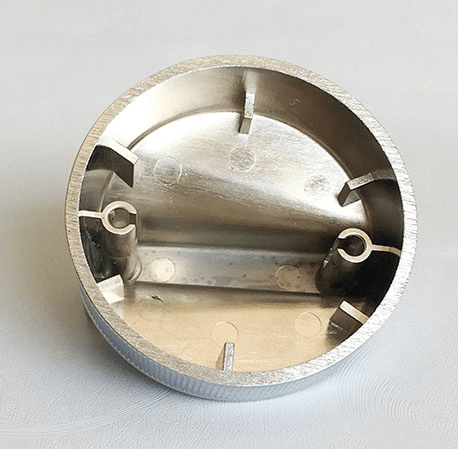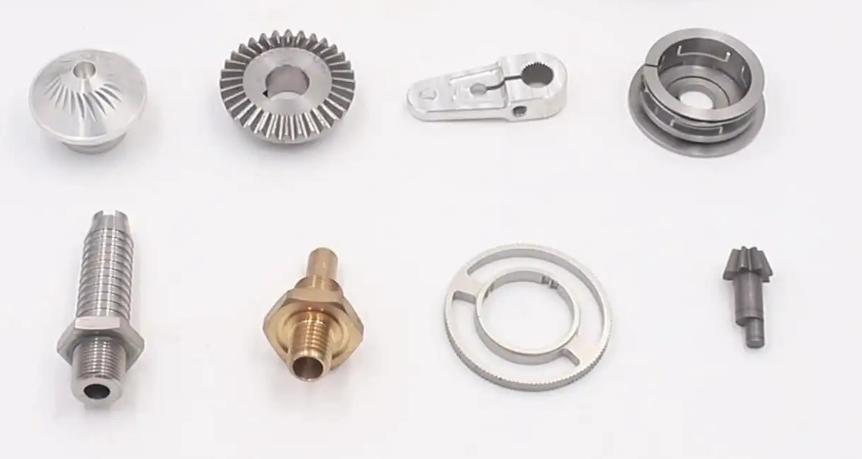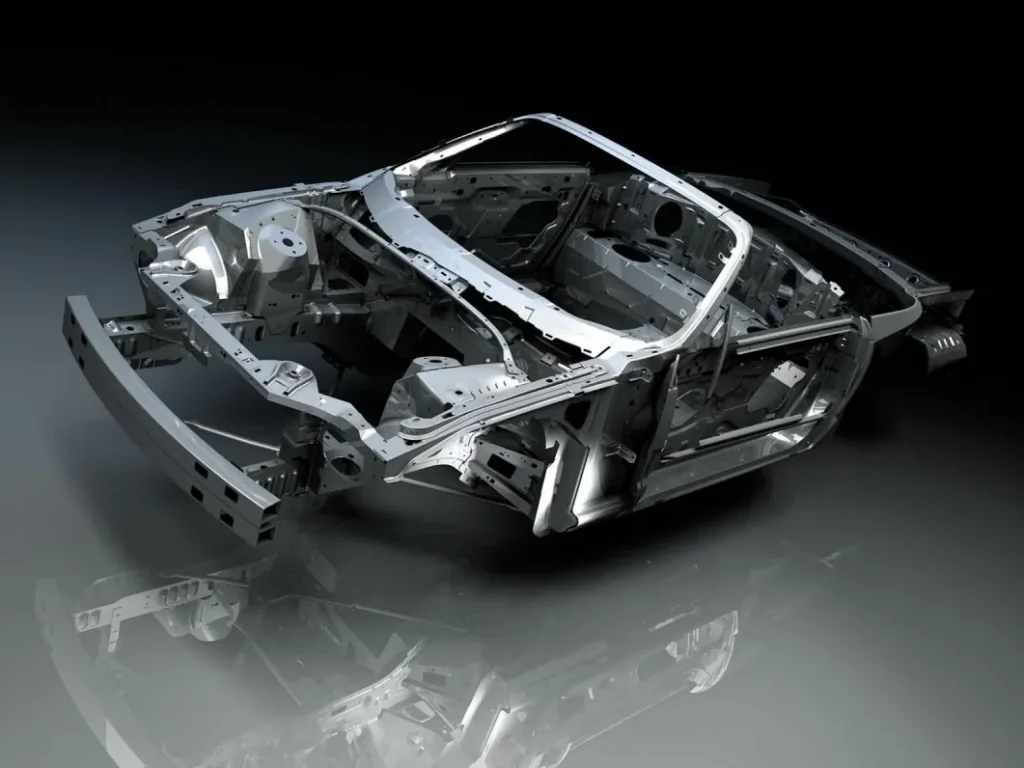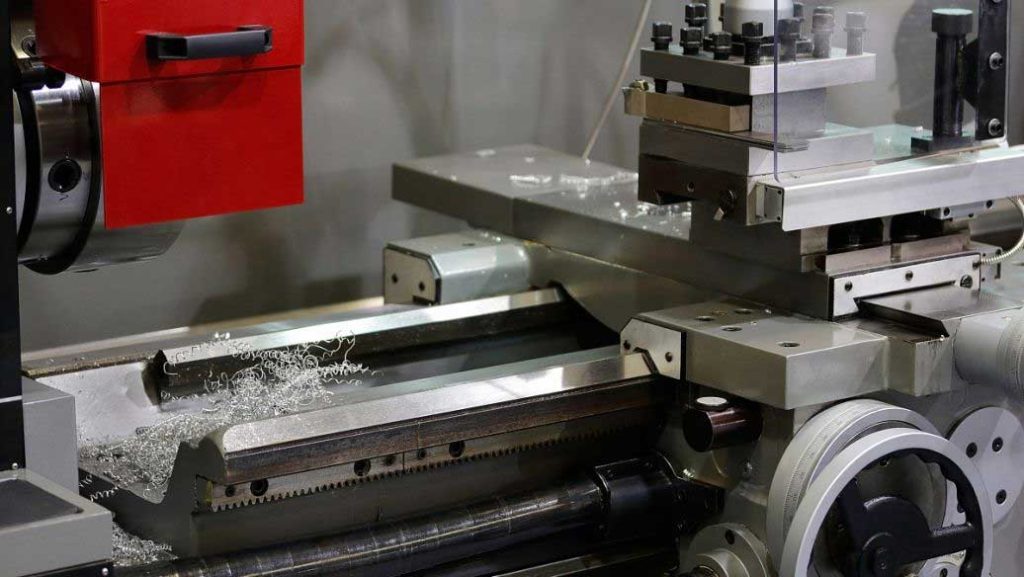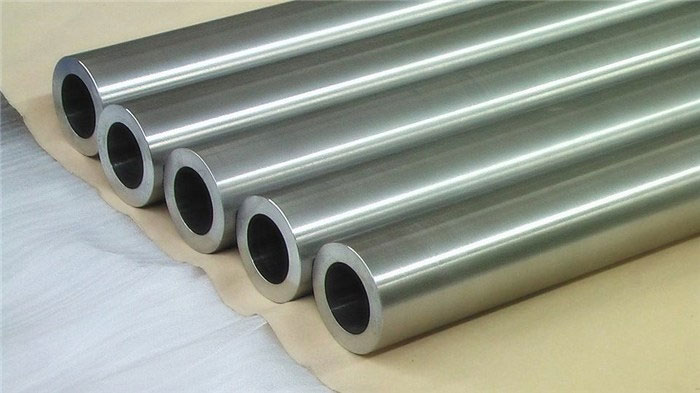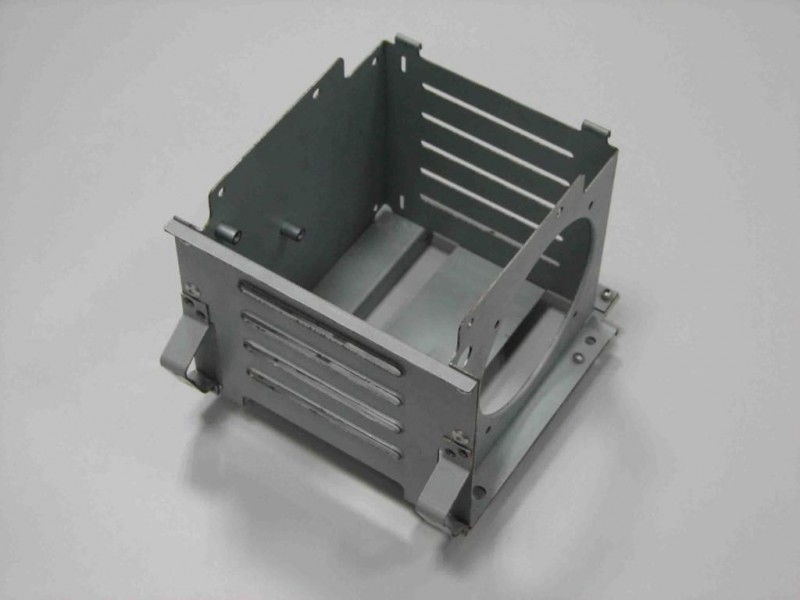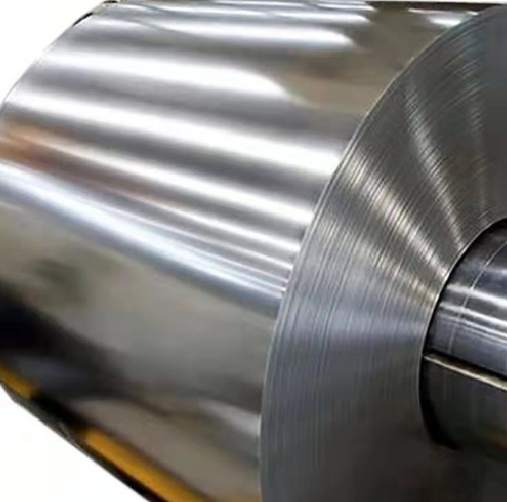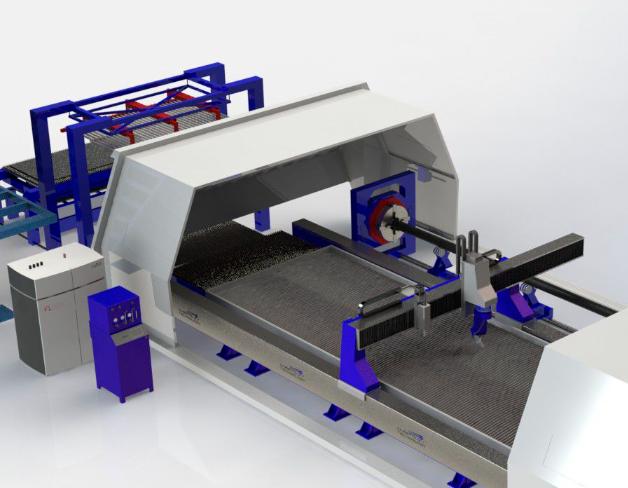Sheet metal fabrication is a versatile and widely used manufacturing process that transforms flat sheets of metal into various components and products. It encompasses a range of techniques, from cutting and forming to joining and finishing, to achieve the desired shape, strength, and functionality. Understanding the different types of sheet metal materials and the processes involved is essential for successful fabrication projects. In this article, we will explore the common types of sheet metal materials used in fabrication and delve into the various processes employed to bring sheet metal to life.
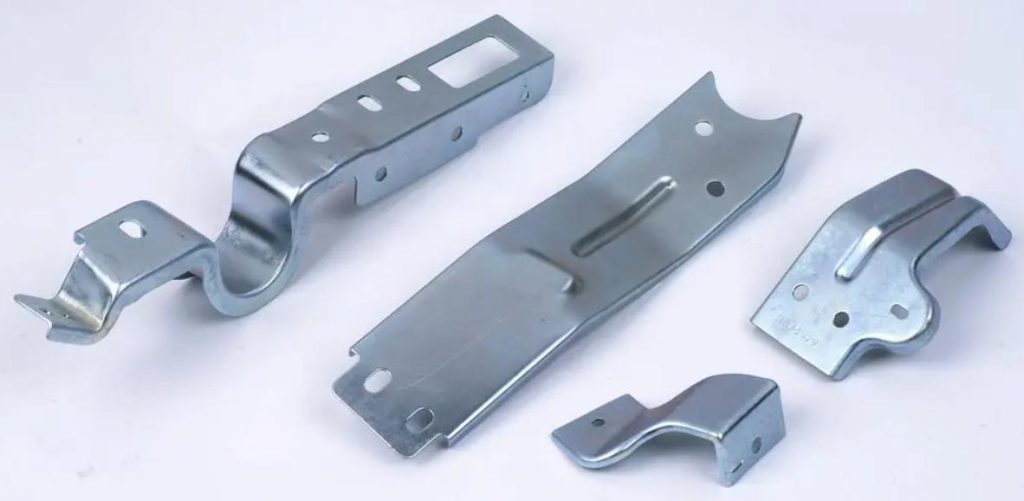
What is Sheet Metal Fabrication?
Sheet metal fabrication is a manufacturing process that involves transforming flat sheets of metal into various finished products or components through cutting, bending, shaping, and assembling. It is a versatile and widely used method for creating parts with high precision and strength from different types of sheet metal, such as steel, aluminum, copper, and brass.
What are the Types of Sheet Metal Materials?
Here are some of the commonly used sheet metal materials in fabrication, each with its own unique properties and characteristics:
- Steel: Steel is one of the most widely used sheet metal materials. It offers high strength, durability, and versatility. Common types of steel used include:
- Carbon Steel: This is the most common type of steel, known for its strength and affordability. It is often used in structural applications.
- Stainless Steel: Stainless steel is corrosion-resistant and has excellent aesthetic appeal. It is commonly used in applications requiring durability and hygiene, such as kitchen equipment and architectural elements.
- Galvanized Steel: Galvanized steel is coated with a layer of zinc to enhance its corrosion resistance. It is commonly used in outdoor applications to prevent rusting.
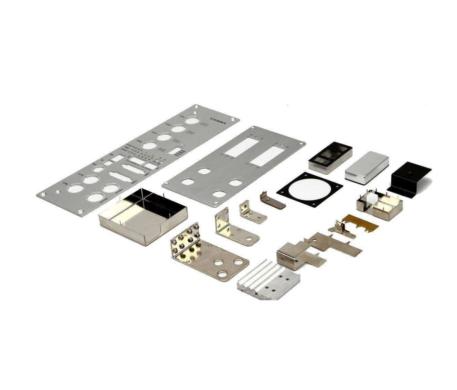
- Aluminum: Aluminum is lightweight, corrosion-resistant, and has excellent formability. It is widely used in various industries, including aerospace, automotive, and construction. Common types of aluminum used include:
- Aluminum 3003: This is a general-purpose aluminum alloy with good formability and moderate strength. It is commonly used in sheet metal fabrication.
- Aluminum 5052: This alloy has high corrosion resistance and good weldability. It is often used in marine applications and structural components.
- Aluminum 6061: Known for its strength and excellent machinability, this alloy is used in applications requiring high strength-to-weight ratio, such as aircraft parts and automotive components.
- Copper: Copper is valued for its excellent conductivity, corrosion resistance, and aesthetic appeal. It finds applications in electrical components, plumbing, and decorative elements.
- Brass: Brass is an alloy of copper and zinc, combining the properties of both materials. It offers good formability, corrosion resistance, and attractive appearance. It is commonly used in musical instruments, hardware, and decorative items.
- Titanium: Titanium is a lightweight and highly corrosion-resistant metal. It is often used in applications that require high strength, such as aerospace components and medical implants.
- Zinc: Zinc is commonly used as a coating material to provide corrosion protection to other metals through processes like galvanizing.
These are just a few examples of the common types of sheet metal used in fabrication. Other materials, such as nickel, bronze, and various alloys, can also be utilized depending on the specific requirements of the project. The selection of the appropriate sheet metal material is crucial in achieving the desired functionality, durability, and cost-effectiveness of the fabricated product.
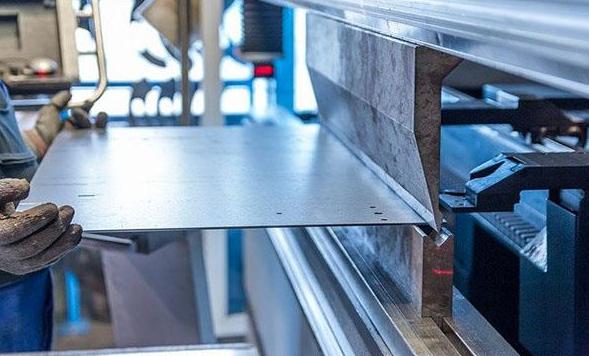
What are the Processes in Sheet Metal Fabrication?
Sheet metal fabrication involves several key processes to transform flat sheets of metal into finished products or components. The following are some of the main processes commonly used in sheet metal fabrication:
- Cutting: Cutting is the process of dividing a sheet metal into desired shapes or sizes. Various cutting techniques are used, including:
- Shearing: A shear machine is used to cut straight lines in the sheet metal by applying a shearing force along a guided edge.
- Laser Cutting: A high-powered laser beam is used to cut precise shapes in the sheet metal by melting or vaporizing the material.
- Plasma Cutting: An electrically conductive gas is used to create a high-velocity plasma jet that cuts through the sheet metal.
- Waterjet Cutting: A high-pressure stream of water mixed with abrasive particles is used to cut through the sheet metal.
- Bending and Forming: Bending and forming are processes used to shape sheet metal into specific angles, curves, or geometries. Common techniques include:
- Press Brake Bending: A press brake machine applies force to the sheet metal, bending it along a predetermined axis using a punch-and-die system.
- Roll Forming: The sheet metal is passed through a series of rollers to gradually shape it into a continuous curve or profile.
- Stretch Forming: The sheet metal is clamped around its edges while force is applied to stretch and form it over a mold or die.
- Joining and Welding: Joining processes are used to connect different sheet metal components together. Welding is a common method, including techniques such as:
- MIG (Metal Inert Gas) Welding: A wire electrode is fed into the weld pool, while a shielding gas protects the molten metal from atmospheric contamination.
- TIG (Tungsten Inert Gas) Welding: A non-consumable tungsten electrode is used to create an electric arc, and filler metal may be added separately.
- Spot Welding: Two sheets of metal are held together and a high electrical current is passed through a small point to create a weld.
- Punching and Stamping: Punching and stamping involves creating holes, slots, or other indentations in the sheet metal. These processes are often performed using:
- Punches and Dies: Punches and dies are used to cut or form specific shapes or holes in the sheet metal through mechanical or hydraulic force.
- Finishing and Surface Treatment: Finishing processes are carried out to improve the appearance and protect the sheet metal. Common techniques include:
- Grinding and Sanding: Abrasive tools are used to remove rough edges, burrs, or imperfections from the sheet metal surface.
- Polishing: Polishing compounds and buffing wheels are used to achieve a smooth, shiny surface finish.
- Coating and Painting: Protective coatings or paint are applied to enhance corrosion resistance, aesthetics, or specific functional properties.
These processes can be combined or performed in different sequences depending on the specific requirements of the sheet metal fabrication project. Skilled fabricators use their expertise to select the most appropriate processes and techniques to achieve the desired results efficiently and accurately.
Conclusion:
Sheet metal fabrication is an integral part of numerous industries, offering a multitude of possibilities for creating durable and precise components. By understanding the types of sheet metal materials and the processes involved, manufacturers can choose the most suitable materials and techniques for their specific applications. Whether it’s steel for structural strength, aluminum for lightweight versatility, or copper for conductivity, each material brings its unique properties to the fabrication process. With advancements in technology, automation, and design, the future of sheet metal fabrication holds great promise. As industries continue to evolve and demand innovative solutions, sheet metal fabrication will remain a fundamental and ever-adapting process in the realm of manufacturing.


